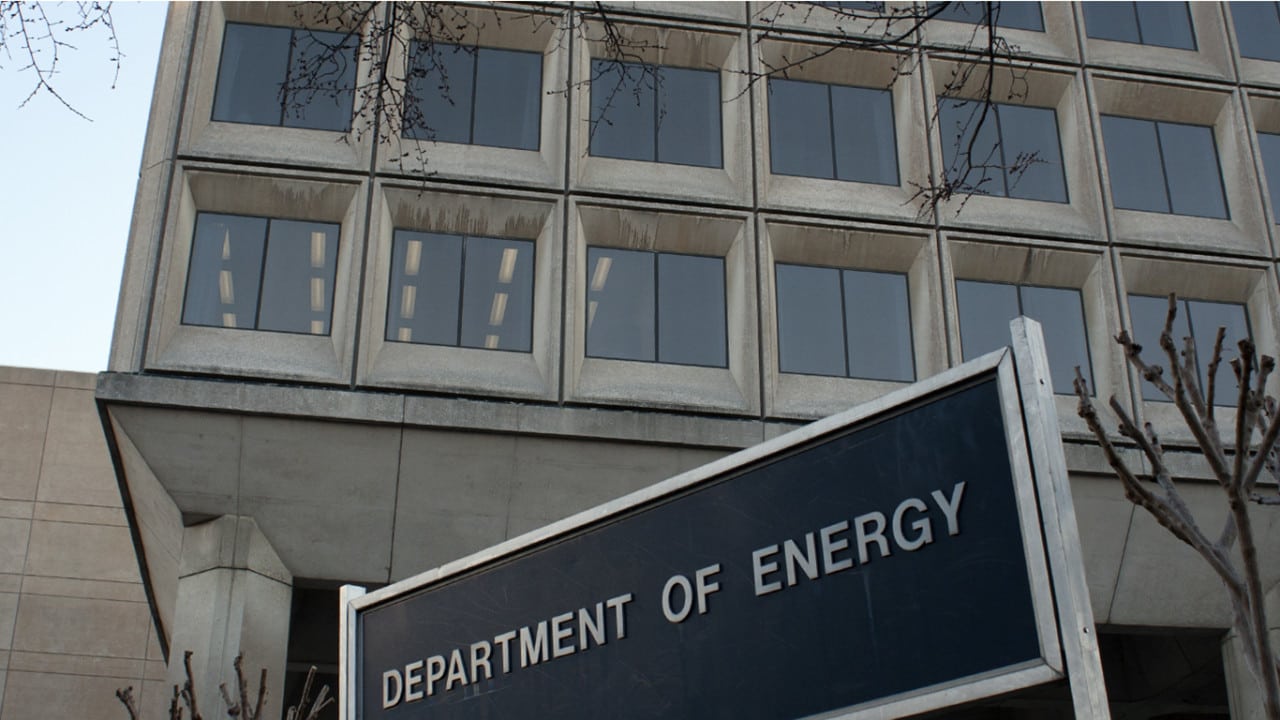
Two years into the pandemic, the Department of Energy could see most of its federal employees return to their pre-COVID-19 work locations by mid-February, according to a Dec. 3 email message from agency leadership.
The current “maximum telework” policy for DOE’s federal workforce will be phased out starting Jan. 18, Tarak Shah, chief of staff to Secretary of Energy Jennifer Granholm, said in a “Team DOE” email viewed by Weapons Complex Monitor.
Mary Kruger, the deputy assistant secretary for resource management at the DOE Office of Environmental Management cited the directive Thursday during a panel discussion on workforce issues at the National Cleanup Workshop in Alexandria, Va., sponsored by the Energy Communities Alliance.
The formal policy laying out criteria for allowing some workers to continue telecommuting into the future is still being drafted, Kruger said following the panel.
During the same panel discussion on Thursday, Dennis Carr, chief operations officer for Fluor-led Savannah River Nuclear Solutions, and Kim Lebak, acting president and program manager for Huntington Ingalls Industries-led Newport News Nuclear BWXT-Los Alamos, both said more than 30% of their workforce are now teleworking.
The Jan. 18 date affects “site critical” federal employees at DOE, followed by “site flexible” staff on Jan. 31 and “site optional” employees on Feb. 14, according to the Shah email.
Site critical workers need to carry out most or all key duties onsite. Site flexible employees have to do some of their critical work onsite. Site flexible staff are those in jobs where most or all key duties can be performed remotely, according to the memo.
“Over the next several weeks, your manager will discuss your reentry category with you,” Shah said. “As we approach reentry to our workplace, we will be flexible,” Shah said in the memo.
“Next week, we’ll mark two years since the start of COVID-19’s transmission and 21 months since most workplaces around the country began maximum telework,” Shah said. “In that time, we have learned a lot about ourselves and our workplaces, endured extreme circumstances and mourned losses, sprung into action as a Department to help combat the virus, and gradually planned and readied for an eventual return.”
“Of course, over the Thanksgiving holiday, we’ve all learned about the Omicron variant,” Shah said. While the federal government will continue to monitor the situation, the Centers for Disease Control and Prevention has recommended nearly all adults receive a COVID-19 booster shot, he added.
The vaccines have proven effective against serious cases of COVID-19, Shah said, adding over 90% of DOE workers and contractors have been vaccinated.
There are, however, some holdouts. “For the 1,000 or so Feds who are still pending your initial COVID-19 vaccination, now is the time to protect yourself, your families, and your co-workers,” Shah said. Roughly 14,000 people are employed by DOE, the agency has said.